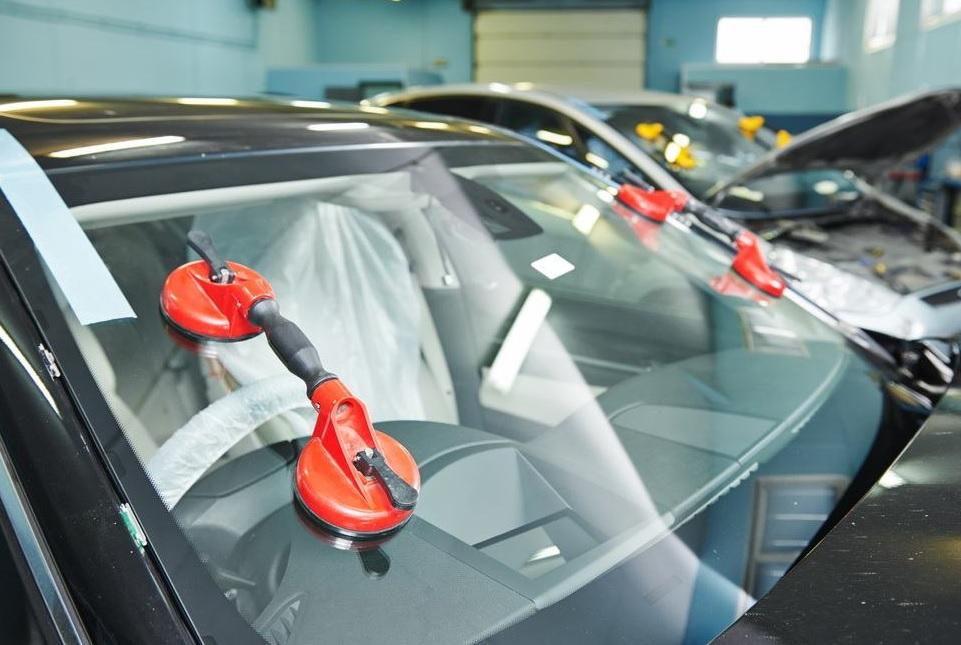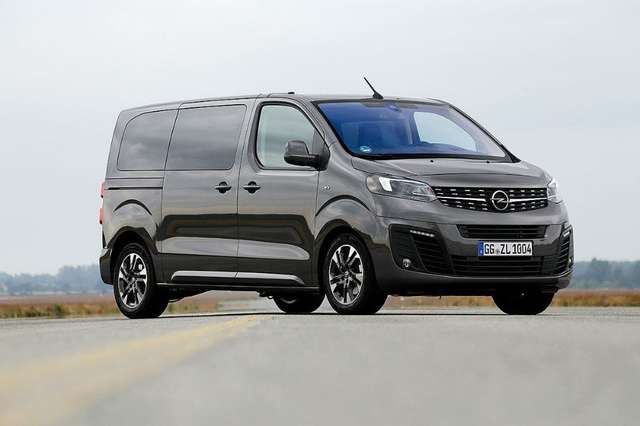
Types of windshields and their replacement
Windshield is an element that has evolved quite a lot since its inception. The development took place mainly by improving their basic properties: strength, protection and transparency. Although its development also kept pace with the introduction of new technologies in the automotive industry.
Types of Windshields
The type of windshield is classified mainly depending on the type of glass itself:
- Strained glass. This type of glass was subjected to heat treatment and compression in order to increase its strength. It is safer than ordinary glass, because before it hits it breaks up into small grains and creates less damage. Although you can still find the use of ordinary glass for the production of windshields.
- Laminated glass. This type of glass consists of two sheets of glass fastened with a plastic insert. Currently, it is the most used technology in the production of windshields, the safest technology that makes even more protection. The fragments do not separate from the polymer film, and therefore the risk is reduced. In addition, the plastic layer gives greater strength. Nevertheless, the development of technology has made possible the appearance of many types of glass with different properties. Some of the most common ones are:
- Heated windshield. The glass warms up to remove surface ice, fog, or frost that can occur and interfere with normal visibility. There are various modes of glass heating: through thermal printing schemes or using micro-thread technology.
- Acoustic Insulated Windshield. This type of glass reduces sound transmission. He improved his driving experience and became the standard on all models of the latest generation due to the fact that it provides sound insulation sufficient so that noise interferes with as little as possible advanced voice control systems of the car.
- Windshield for HUD (Head Up Display). If the car is equipped with this projection system on glass, it is necessary that it be equipped with a polarizer in order to “capture” the light projected onto it and receive its reflection with high definition image and without response.
- Hydrophobic windshield. This type of windshield includes a plasma coating, with which a thin layer of monomers are intertwined, which ensures repulsion of water, thereby improving the visibility of the driver in case of rain.
The list of different types of windshield glasses is extensive. Proof of this is the variety of drawings that can be seen in windows that show various features of the windshield (with built-in antenna, extra-safety features, anti-theft systems, sensors for driver assistance systems, etc.).
Windshield Replacement
Because of the important role that the windshield plays in the safety of your vehicle, it is very important that before you replace it, you select a product that is brand-certified and in accordance with European Union Directive (Regulation No. 43 Directive 92/22/EEC, current – 2001/92/CE).
In addition, as stated in other articles on this site, it is recommended that only original windows be installed, as this ensures the correct functioning of all vehicle systems that depend on any functions or integration into the windshield.
The correct installation of the windshield is also crucial for car safety and driving comfort (as it prevents loss of insulation and tightness). The task is simple but important, especially at the stage of preparing the surface for attachment.
The basic steps in windshield replacement are as follows:
- Dismantling of components that prevent removal (moldings, wipers, etc.).
- Cut and remove the adhesive cord connecting the windshield to the arch. To facilitate this operation, you should contact a specialist. This system is based on wire cutting and a drive system consisting of a suction cup and a fastener. The thread is cut with a drill. This is a comprehensive tool that allows one operator to complete this task very easily.
- Remove glass and replace.
- Remove remaining cladding surfaces and clean them to prevent contamination.
- Degrease the surface.
- Introduce the new glass and mark its position to avoid distortions when you put it on the glue.
- Apply the clutch activator, both on the surface of the body and on the glass that you are going to install. In order to ensure a good result, it is necessary to choose high-quality glue and activator.
- After the drying time has elapsed, apply glue continuously and evenly. There are many products on the market for this purpose, but it is important to use quality products and choose the most suitable for the requirements of each glass. Some brands offer a wide range of high-quality single-component and polyurethane adhesives, such as:
- Teroson PU 8596 for gluing the windows of vehicles that do not require high modulus and low conductivity.
- TEROSON PU 8597 HMLC
- Teroson PU 8590 Ideal for attaching a large windshield.
Application of these products can be used with any type of gun; however, the adhesive manufacturer will generally recommend the gun specified for best results.
- Set the new glass in position and gently push the entire surface to ensure tightness.
- Observe the immobilization time indicated in the certificate by the adhesive manufacturer (it must be clearly indicated on the package) to ensure bonding strength. During this time, it is recommended to leave the vehicle alone, in a stable horizontal position and with the windows down.
Conclusion
There are many glass options on the market. It is important that, before replacing it, you must understand that the glass is original and certified, and will provide the opportunity for a correct, optimal installation using quality products. All this will play in favor of the safety and comfort of the car.
